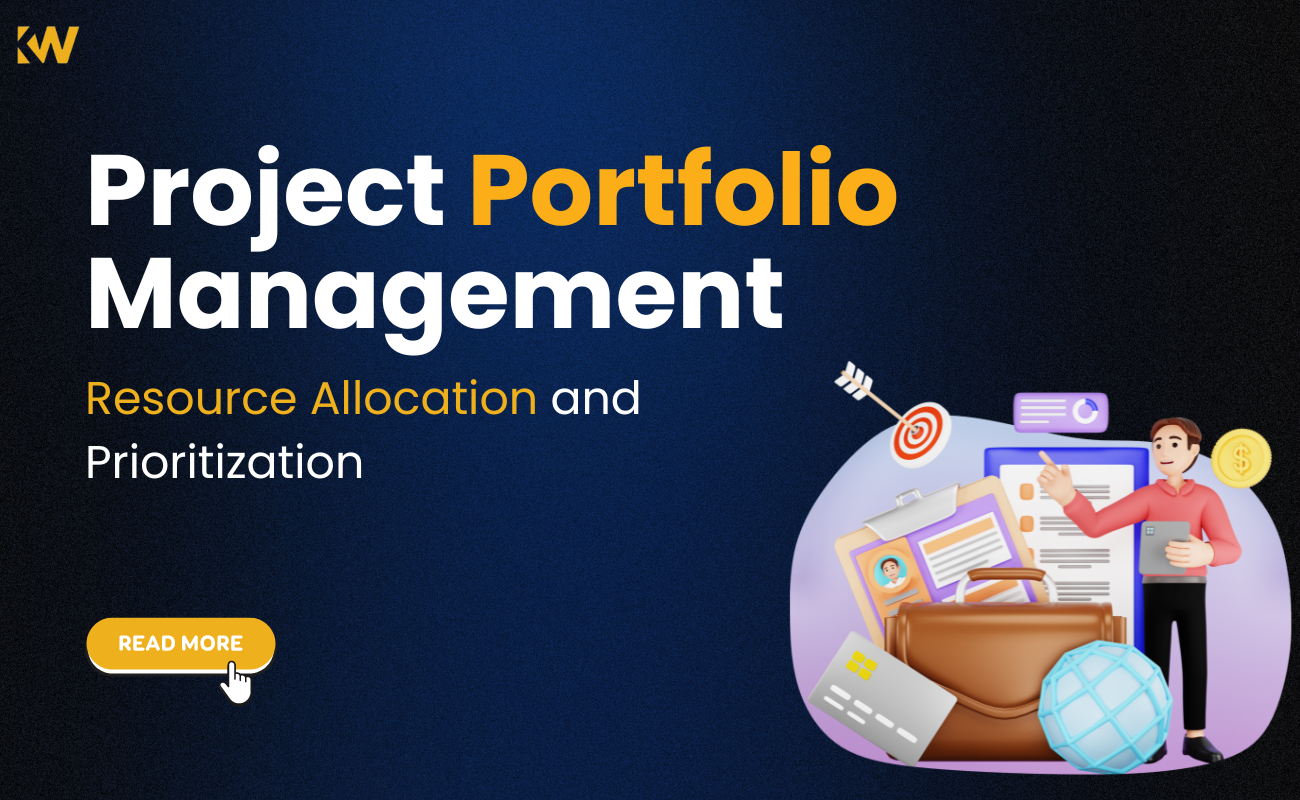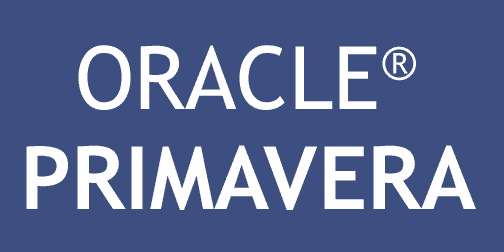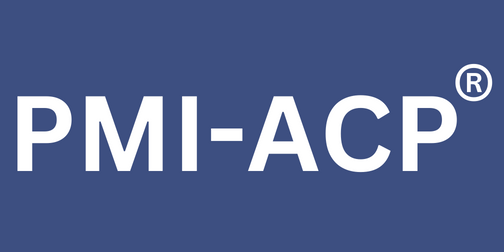
Project Portfolio Management: Resource Allocation and Prioritization
Posted On June 6, 2024 - 17:22 PM
Organizations are continuously juggling several projects in the fast-paced business climate of today, each fighting for scarce resources and attention. It is imperative to manage these numerous initiatives effectively to meet strategic objectives and stay ahead of the competition. Project Portfolio Management (PPM) is useful in this situation. PPM is a strategic method that assists businesses in efficiently allocating and prioritizing resources to optimize value and guarantee compliance with corporate goals.
Comprehending Project Portfolio Management
A methodical approach to managing and assessing a group of projects is called project portfolio management. PPM adopts a comprehensive approach, taking into account the complete portfolio of projects, in contrast to traditional project management, which concentrates on individual projects. By using this strategy, firms can avoid risks, maximize overall return on investment (ROI), and balance resources.
The Significance of PPM Prioritization
A key component of effective project portfolio management is prioritization. As there are limited resources available, including money, time, and labour, it's critical to prioritize certain initiatives. Allocating resources to initiatives that are in line with the organization's strategic goals and have the greatest chance of success requires effective prioritizing.
Important Prioritization Criteria
Alignment on a strategic level: Projects that directly further the strategic goals of the company ought to be prioritized more highly. By doing this, the portfolio's alignment with long-term objectives is ensured.
Value Proposition: Initiatives with a large potential return on investment or advantages should be given top priority. This entails assessing returns that are both concrete and intangible.
Risk management: It's critical to evaluate the risks connected to any project. Higher risk projects may need more resources and careful thought to minimize possible problems.
Resource Availability: Prioritization is greatly influenced by the availability of resources, including human, financial, and technological resources. Preference should be given to projects that can be completed with the available resources without going overboard.
Urgency: To prevent operational delays, projects with short deadlines or those that meet urgent business demands should be given priority.
Allocating Resources to Ensure Maximum Effectiveness and Efficiency
Allocating resources is the next phase in PPM once projects have been prioritized. Effective resource management preserves portfolio balance while guaranteeing that projects receive the assistance they need to thrive.
-
Top Techniques for Allocating Resources and Planning Capacity: It is essential to comprehend the resources' present capability and future availability. In order to prevent overallocation or underutilization, this entails monitoring resource consumption and projecting future needs.
-
Talent Matching: Project outcomes and productivity are improved when the right individuals with the correct talents are assigned to the right projects. This necessitates having a thorough grasp of the capabilities and availability of every team member.
-
Constant Monitoring: Allocating resources is a continuous process. It is imperative to engage in ongoing monitoring and modification to effectively manage evolving project needs and resource availability. This dynamic method guarantees adaptability and quickness.
-
Prioritizing Resources: Just as projects should be ranked in order of importance, so too should resources be ranked according to how important they are to the success of the project. To guarantee the successful completion of high-priority projects, essential resources should be assigned to them.
-
Cooperation and Communication: Clear communication and cooperation at all organizational levels are necessary for the efficient deployment of resources. Clear communication promotes better decision-making and aids in the awareness of resource limitations.
More Complex Prioritization Techniques
In PPM, prioritization is not a one-size-fits-all strategy. Organizations can improve their prioritization process and better serve their specific demands by utilizing advanced tactics.
Managing a Portfolio
-
Maintaining a mix of initiatives that complement the organization's risk appetite, resource availability, and strategic objectives is known as portfolio balancing.
-
This equilibrium can be struck between short- and long-term projects, high- and low-risk endeavors, and projects focusing on innovation vs operational enhancement.
Analysis of Scenarios
-
To comprehend possible outcomes under various settings, scenario analysis entails simulating several portfolio scenarios. This aids businesses in making wise decisions and preparing for unforeseen circumstances.
-
Businesses can simulate, for instance, how their project portfolio will be affected by shifts in the market, internal resource limitations, or economic downturns.
Thoughtful Pails
-
With this method, the project portfolio is divided into "buckets" according to strategic goals including innovation, customer happiness, and operational effectiveness.
-
Subsequently, the projects falling within each bucket are ranked based on their unique standards, guaranteeing an equitable distribution of resources among many key domains.
Frameworks for Value Scoring
-
Multiple characteristics of value, such as financial returns, strategic alignment, customer impact, and competitive advantage, are incorporated into sophisticated value scoring frameworks.
-
These frameworks aid in the development of a more thorough and intricate prioritization matrix.
Organizational Culture's Function
The organizational culture and its adherence to strategic management principles play a major role in PPM's effectiveness.
-
Assistance for Leadership
Strong leadership backing is necessary for PPM to be successful. To ensure alignment with strategic goals and promote an environment of accountability and transparency, leaders must support the processes of resource allocation and prioritization.
-
Working together and communicating
It is essential to cultivate an environment of cooperation and honest communication between teams and departments. This entails providing frequent updates on the status of the project, being open and honest about resource limitations, and working together to solve problems when they arise.
-
Change Management
Putting PPM into practice frequently necessitates big organizational adjustments. Stakeholder engagement, training, and clear benefit communication are just a few of the effective change management techniques that are necessary to guarantee adoption and reduce opposition.
In summary
Project portfolio management is a vital skill for businesses hoping to prosper in a challenging and cutthroat environment. PPM relies heavily on prioritization and resource allocation to make sure the correct projects get the resources they need to meet strategic objectives. Organizations can improve their project portfolio management (PPM) capabilities and achieve optimal project results and long-term business success by implementing best practices and utilizing relevant tools.
Check out this blog : Agile Manifesto and its Core Values


















